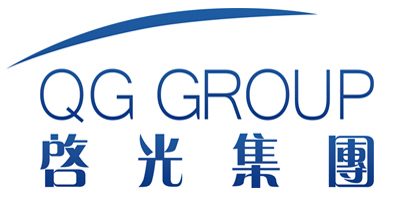Background and overview[1]
Secondary alcohols are an important class of compounds. They are not only important organic intermediates, but are also widely used in fine chemicals such as drugs, pesticides, and spices. In traditional methods, you can use high-temperature and high-pressure hydrogenation, add inorganic reducing agents such as sodium borohydride, or use formic acid and sodium formate to prepare secondary alcohols. These methods have safety hazards in the reaction process and produce Rohm and Haas plasticizers. A large amount of waste materials cause certain pollution to the environment. In recent years, preparation using isopropanol as a hydrogen source, which is a cheap, safe, and nontoxic hydrogen donor, has received widespread attention. However, a strong base or a weak base needs to be added during the reaction. Therefore, from the perspective of organic synthesis, a new type of organometallic catalyst is developed. By using cheap, safe, non-toxic isopropanol as the hydrogen source and solvent, there is no need to add a base during the reaction, and it can be carried out in an environmentally friendly and mild state. It is of great significance to catalyze this type of reaction. 1-Phenyl-1-butanol is a kind of secondary alcohol and can be used in organic synthesis.
Preparation[1]
1-Phenyl-1-butanol is prepared as follows: In the reaction vessel, add ketone, transition metal catalyst iridium complex and solvent isopropyl alcohol; the reaction mixture is heated in an oil bath, and the chain extender reacts After several hours, the mixture was cooled to room temperature, the solvent was removed by rotary evaporation, and then separated through a column to obtain the target compound.
The specific steps are as follows: Add 1-phenylbutanone (148mg, 1.0mmol), cat.[Ir] (1.1mg, 0.002mmol, 0.2mol%) and isopropyl alcohol (5mL) to a 25mL Kirschner tube in sequence Medium, N2 protection, reaction at 82°C for 6 hours. Cool to room temperature, remove the solvent by rotary evaporation, and then obtain the pure target compound through column chromatography (developing solvent: petroleum ether/ethyl acetate), yield: 93%. 1HNMR (500MHz, CDCl3) δ7.35 (d, J=4.4Hz, 4H), 7.29-7.26 (m, 1H), 4.68 (t, J=6.7Hz, 1H), 1.82-1.76 (m, 2H), 1.72-1.65(m,1H),1.49-1.39(m,1H),1.36-1.26(m,1H),0.93(t,J=7.4Hz,3H);
13CNMR(125MHz,CDCl3)δ144.9,128.4,127.5,125.9,74.4,41.2,19.0,13.9.
Main reference materials
[1] CN201710683910.8 A method for synthesizing secondary alcohols

